How To Design Eco-Friendly Packaging?
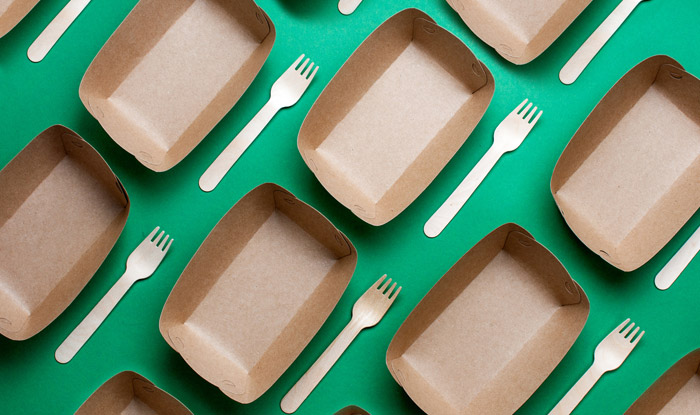
Photo Credit: iStock/lithiumcloud
As we write this, Amazon’s Prime Day 2021 is in full swing. Estimates suggest that when this two-day event is over, Amazon’s sale figures are going to be over $5.6 billion fatter. That’s millions of products packaged, shipped, and delivered. And while the sale is good for the economy and consumers, what about the planet?
According to the EPA, the total amount of packaging waste produced in 2018 was 82.2 million tons. When you compare it with the total waste, it’s nearly the third of the whole solid waste produced in the USA for that year. In 2021, we can expect these wastage figures to be much, much higher.
Some sources suggest that if we continue living like this, and the global population rate continues at the same pace, we’ll need three planets by 2050 to sustain our current lifestyle.
Since we only have one, it’s time we start taking care of it seriously.
As millennials and generation Z become more and more sustainability-focused, businesses are employing earth-friendly practices and going green. Those that refuse to do invite consumers’ wrath in form of declining sales, reduced brand loyalty, and ultimately higher costs as sustainability becomes more of a standard than a niche.
To protect your business from such a fate, use the following sustainable packaging techniques that are great for the planet, easy on the pocket, and make your customers happy.
1. Use Recycled And Recyclable Materials
Whenever you can, use packaging materials made from recycled waste, such as Gaffer tape with recycled backing or plant-based adhesives. Also, invest in product packaging that can be recycled once discarded—opt for reusable or biodegradable tapes when possible. According to the EPA, nearly half of the packaging materials that we normally use are already recyclable, and if we invest into sustainability more, we can arrive at a zero-waste level where all of our product packaging and delivery materials are 100% recyclable and come from recycled materials.
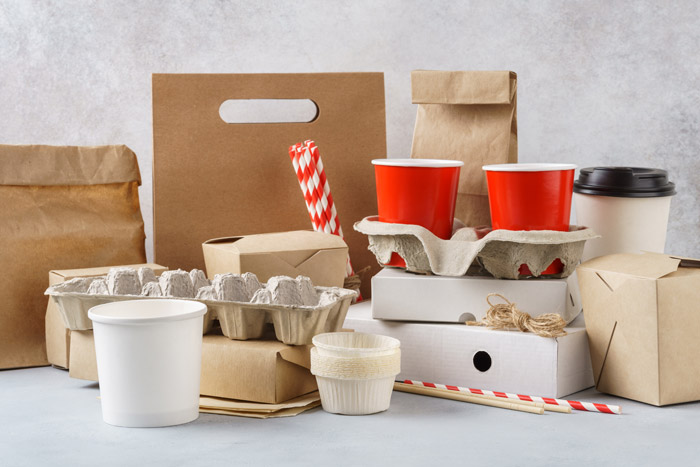
Image Source: iStock/Tatiana Atamaniuk
Shipment containers and mailers are prime examples of recycled materials that are created with single-used plastic bags and bottles. Other materials that we normally use in packaging that are recyclable include paper, aluminum, cardboard, and such.
2. Partner With Manufacturers With Sustainable Practices
We have to think of the environment at every stage of the product lifecycle. As a business, who you partner with as your packaging manufacturer has a direct impact on your costs as well as your sustainability efforts. Experts estimate that 40% of the total plastic waste produced globally comes from manufacturing packaging products.
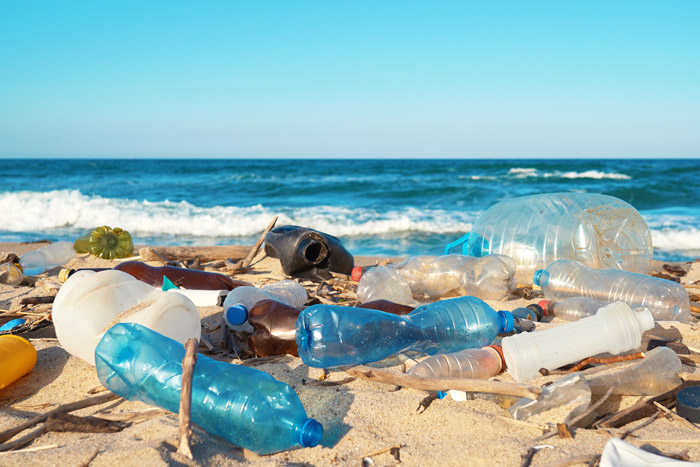
Image Source: iStock/Larina Marina
Therefore, when you are in talks with a new manufacturer for your supplies, remember to ask a lot of questions. Do your research. Ask them what their sustainability goals are, how do they reuse and recycle, how do they manage waste, and how can they help your business choose packaging materials that are safe and helpful for the planet?
Ball Corporation, Mondi Group, and Amcor are some of the major packaging manufacturers that are producing sustainable packaging materials. You can also find several startups that are investing in sustainable packaging initiatives.
3. Educate Your Customers
When we talk about sustainable product lifecycles, it’s critical to acknowledge the role of consumers. To make sure that your environment-friendly packaging is being properly recycled and reused, you have to educate your customers about the process.
Create ad campaigns that teach consumers how to responsibly discard the packaging. Print it on your labels and make the information a necessary part of your product specifications. Remember that while customers may be interested in supporting sustainable packaging, not many will have the knowledge or the means to recycle properly.
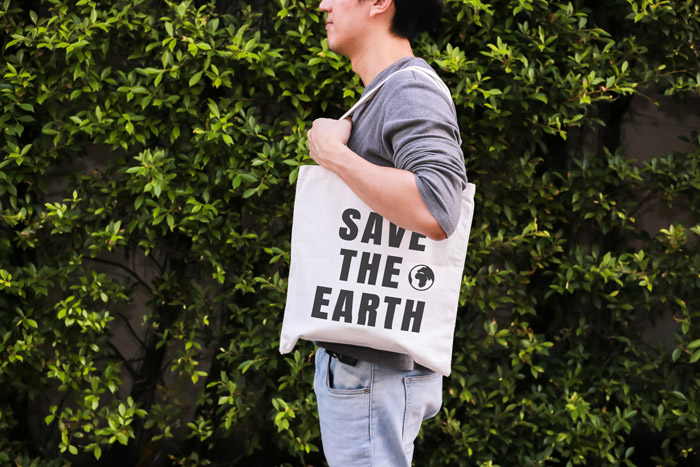
Image Source: iStock/twinsterphoto
Information that you share and waste collection initiatives that you start may bolster your sustainability practices even more effectively.
4. Rethink The Size
For most of us, sustainability and eco-friendly are interchangeable terms. Distinctions, however, need to be made. Eco-friendly practices are activities that do not harm the environment. Sustainability, on the other hand, is broader and takes much more under its umbrella. It is a way of living and doing business that goes beyond ‘environment-friendly’. It’s about creating solutions that are ethical, responsible, improve the society as a whole, help the economy, and champion business changes that can sustain for eons to come.
With this explanation in mind, we need to understand that to create sustainable packaging it isn’t enough to swap plastics for banana leaves. Instead, we need to go deeper and think of creative ways to reduce our packaging requirements on the whole.
With recycling costs already too high, minimalistic packaging is the answer we should be going for.
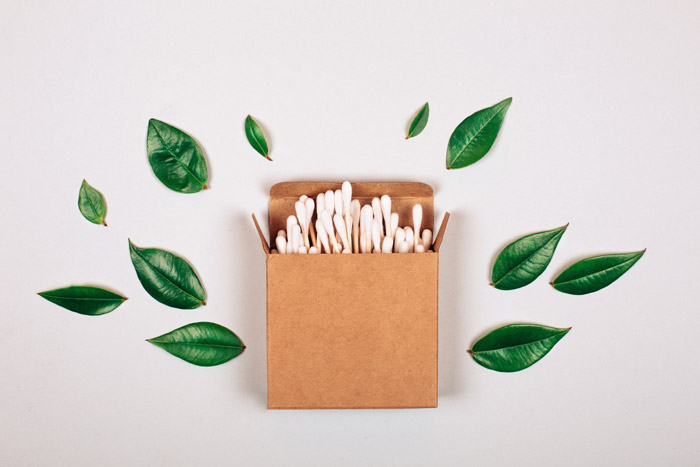
Image Source: iStock/efetova
Think of ways you can redesign your products so that they can be packaged and shipped in smaller boxes. Let go of too many fillers and embellishments. Trimming the fat on your shipments may also inspire everyone involved in the process – including your customers – to copy the behavior and use the finite resources responsibly.
5. Plant-Based & Edible Packaging
Sustainable packaging technology has come a long way. We now have shipping and manufacturing companies that produce plant-based, edible, and plantable packaging materials.

Image Source: iStock/NelliSyr
Let’s unwrap it a bit more.
– Plant-Based Packaging:
Evident by the name, these are made from plants and are completely compostable, biodegradable, and produce a lower carbon footprint. Examples include sugarcane residue, wood pulp, bioplastic, and such.
– Edible Packaging:
Edible packaging enhances the value of food items. Instead of food wrapped in plastic, using edible packaging makes packaging a part of the food. Edible drink pods are a great example. Materials that are used to make edible packaging include seaweed, starch from potatoes, milk protein, and other hyperdegradable items.
– Plantable Packaging
These are bio gradable packaging items that come with seeds wrapped into them. Once you take out the product, you can use the packaging to be buried in the soil and sow plants, herbs, and even fruits.
How To Go Forward
Now that you have decided to utilize environment-friendly packaging practices, it’s important to choose one and stick with it. Consistency will be the key. Whether you choose to simplify your product packaging, partner with a new packaging vendor, or improve your supply chain, go with something that your business can realistically sustain and even grow.
As it is a big decision for any business, it’s okay to take your sustainability packaging drive a bit slow and keep modifying it as the results suggest.
About The Author Kelly Sampson
Kelly Sampson is a writer, blogger, and environmental enthusiast. She has strong opinions about climate change, the dogs vs. cats debate, and Oxford commas. She has lent Hummingbird International her engaging and spirited voice and turned our blog into a great place to find valuable information about e-waste, e-waste recycling, and the ITAD industry. Explore our blog to read more of her work.






